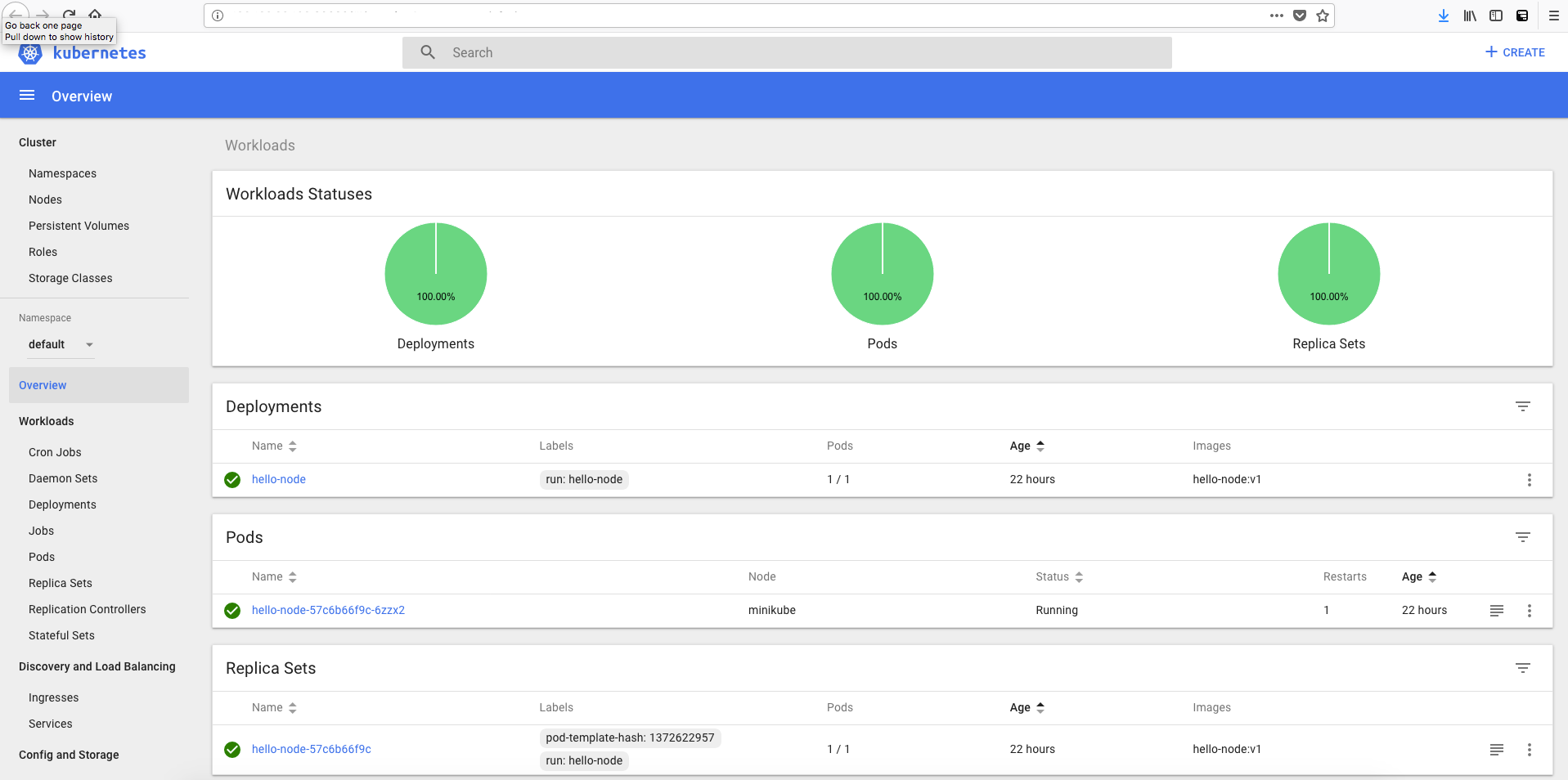Java allows programmers flexibility in how they define the entry point of a program, known as the main method. This article will explore some of the shorter and more minimal ways to define main without unnecessary classes or parameters.
Interfaces for Implicit Public Methods
static interface methods Java One of the shortest ways to define the main method is through an interface. All interface methods are implicitly public, so there is no need to explicitly define the method as public.
For example:
interface ExampleInterface {
static void main(String[] args) {
System.out.println("Hello World!");
}
}
This takes advantage of interfaces only having public methods by default to minimize unnecessary code. Java 8 added the ability to declare static methods in interfaces, enabling this concise approach.

Printing Without Running
Java class file print It is possible to create a class file that will print something without needing to run the actual code. For example, on Windows you can create a file called Example.class with the following content:
class Example {
String message = "\nHello World!\n";
}
When you compile this class file, it will output “Hello World!” even though the code itself does not run or contain a main method. This is a fun trick to print a simple message without executing any code.
Shortening the Main Method Parameter
single letter main parameter The main method parameter can be shortened beyond a single letter to minimize characters. For example:
public class Example {
public static void main(String[] a) {}
}
This works equivalently while shortening the parameter name to a single letter. The class can also be default rather than explicitly defined as public:
class Example {
public static void main(String[] a) {}
}
To demonstrate it works, a short program can print “hi” with minimal code:
class Example {
public static void main(String[] a) {
System.out.println("hi");
}
}
My Mixed Feelings About Java
Java pros and cons developer perspective While Java enables many concise ways to define the entry point of a program, the language itself is not without its critiques. As a developer, I have always had mixed feelings about Java.
On one hand, it is ubiquitous and enables code to run anywhere the Java Virtual Machine is present. Many companies use Java extensively in their projects as well. However, I find Java itself constraining and boring at times. I dislike the two byte characters, needing a class to wrap the main method, and feel it promotes overly verbose paradigms. Some of my favorite languages inspire me more in terms of their design and capabilities.
Overall I would say Java seems to check more boxes on the pragmatic side rather than the fun or inspired side for me. It gets the job done but does not excite me creatively in the same way other languages do at times.
Why I Recommend Java Anyway
Java job opportunities scalability VM benefits Despite my own critiques of Java, it remains one of the top languages I recommend for newcomers to learn. Here are some of the key reasons why:
- Java code will run anywhere the JVM is present, including mobile, desktop, server, and more. This wide reach makes it accessible.
- Java developer jobs There are countless job opportunities for Java skills. The vast hiring demand makes it a pragmatic choice for career prospects.
- Java Scales very well for large projects. The perceived weaknesses of verbose code actually become strengths in enterprise applications.
- The Java Virtual Machine is extremely powerful and optimized. Understanding VMs through the JVM can impart valuable technical skills.
- Java is virtually ubiquitous in the programming world. Proficiency provides a common language to collaborate and communicate with other developers.
So while Java may not be the most inspiring language personally, I still recommend it for beginners due to these advantages in practicality, employment opportunities, and its dominant role in modern development. The skills it imparts are applicable across many domains.
Conclusion
minimal main methods interesting tricks This article explored some concise and minimal ways to define the entry point of a Java program through the
mainmethod. Techniques like interfaces and default classes shorten otherwise wordy code. Interesting tricks like compiling class files that print without executing demonstrate flexibility within the Java platform. While opinions on Java itself vary, its role as a mainstream and portable language make it a sensible starting point for many developers. The skills carried over apply widely and continued learning beyond Java supplements an already strong foundation.
 Using Minikube to Test and Develop Kubernetes Applications Locally
Using Minikube to Test and Develop Kubernetes Applications Locally